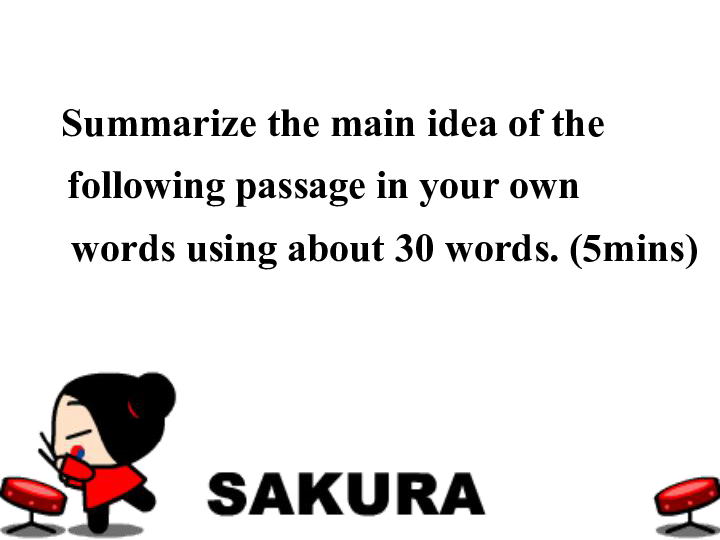**How to Perfectly Pronounce Recipe for Cooking Success**
When it comes to culinary arts, being able to correctly pronounce recipe names is more important than many might think. Not only does it help in accurately……
When it comes to culinary arts, being able to correctly pronounce recipe names is more important than many might think. Not only does it help in accurately communicating with others, but it also enhances your credibility as a chef or a cooking enthusiast. Let's dive into the nuances of how to perfectly pronounce recipe names for cooking success.
### Understanding the Basics
First, let’s break down the term "recipe." The word "recipe" is derived from the Latin word "recipere," which means "to receive" or "to take." In modern English, it refers to a set of instructions for preparing a particular dish, including a list of the ingredients required. The correct pronunciation of "recipe" is "reh-suh-pee."
### Common Mispronunciations
One of the most common mistakes people make is pronouncing "recipe" as "ree-sipe" or "ree-cipe." This can lead to confusion, especially when communicating with others who are more familiar with the correct pronunciation. To avoid this, practice saying "reh-suh-pee" slowly and clearly.
### The Importance of Accurate Pronunciation
Accurately pronouncing recipe names is crucial for several reasons:
1. **Effective Communication**: Whether you are discussing a dish with fellow chefs, teaching a cooking class, or following a cooking show, clear and precise pronunciation ensures everyone is on the same page.

2. **Professionalism**: In the culinary world, your ability to correctly pronounce recipe names can significantly impact your professional reputation. It shows that you are knowledgeable and attentive to detail.
3. **Learning and Teaching**: If you are learning new recipes or teaching others, correct pronunciation helps in better understanding and retention of information.
### Tips for Perfect Pronunciation
1. **Listen and Repeat**: One of the best ways to learn how to pronounce recipe names correctly is by listening to native speakers or culinary experts and repeating after them. Use online resources like cooking videos or pronunciation guides.
2. **Break It Down**: Break down the word into syllables and practice each part separately before putting them together. For example, "recipe" can be broken down into "reh," "suh," and "pee."
3. **Use Phonetic Spelling**: Write down the phonetic spelling of the word and keep it handy for reference. For "recipe," the phonetic spelling is "reh-suh-pee."

4. **Practice Regularly**: Consistent practice is key to mastering pronunciation. Make it a habit to practice saying recipe names out loud, especially those that are new or challenging for you.
### Examples of Common Recipe Names
Here are some common recipe names and their correct pronunciations:
- **Quiche**: Pronounced "keesh," this is a savory pie made with eggs, cheese, and other ingredients.
- **Bouillabaisse**: Pronounced "boo-yah-bess," this is a traditional Provençal fish stew originating from the port city of Marseille.
- **Gnocchi**: Pronounced "nyoh-kee," these are small Italian dumplings made from potatoes, flour, and eggs.

- **Ratatouille**: Pronounced "rat-uh-too-ee," this is a French vegetable stew made with tomatoes, zucchini, eggplant, and bell peppers.
### Conclusion
Mastering the art of how to perfectly pronounce recipe names is a valuable skill for anyone passionate about cooking. It enhances communication, boosts professionalism, and aids in learning and teaching culinary techniques. By following the tips and practicing regularly, you'll be well on your way to confidently pronouncing even the most challenging recipe names. So the next time you come across a new recipe, take a moment to practice its pronunciation and elevate your culinary expertise.